Nearly thirty years before the Emancipation Proclamation ended slavery in the United States, Upper Canada banned slavery in 1834, enabling escaped African-Americans to settle in Toronto.
In 2005, Canada became the fourth country in the world to recognize same-sex marriage. Once again, Canada has exhibited leadership and vision in the pursuit of human rights.
The conclusion of Pride Toronto‘s 33rd edition this past June marked the commencement of Toronto’s preparation for the citywide celebration of WorldPride 2014.
Here’s a list of five good reasons why you should rise up – and show your Pride at WorldPride Toronto.
Pride Toronto: In New York City, the Stonewall Riots in 1969 sparked the LGBT movement, while in Toronto, it was the police bathhouse raids of 1981 that ignited LGBT activism.
Toronto’s first Pride celebration was held in 1984, with recognition from the city council in 1991 – and since then, Pride Toronto has become one of the world’s largest Pride celebrations with an estimated attendance of 1.2 million people.
A two-time winner of “Best Festival in Canada” and one of the “Top 50 Festivals” in Ontario, as well as one of Toronto’s eight city-designated signature events, Pride Toronto is a ten-day celebration that culminates in a massive three-day final weekend. During Pride weekend, Toronto’s gay Village becomes a 26-block, 8-stage, night-and-day street festival that resembles the free-and-fearless lovechild of Mardi Gras and Burning Man.
Since 2005, Pride Toronto has utilized the more appropriate acronym LGBTTIQQ2SA, which means Lesbian, Gay, Bisexual, Transsexual, Transgender, Intersex, Queer, Questioning, 2-Spirited, and Allies. As Pride Toronto Co-Chair Francisco Alvarez states, “Since every culture and diaspora is represented…you’ll see yourself reflected in this city.”
One of the most diverse populations in the world, the citizenry of Toronto includes over 200 ethnic groups, speaking more than 130 languages and dialects – with more than 50% of the population born outside of Canada.
While most cities around the world celebrate Pride with a march or a parade, Toronto has three: the Dyke March, the Trans March, and the Pride Parade, which features more than 150 floats and marching (or dancing) contingents.
Over at Green Space on Church, the four-day festival in Cawthra Square Park “celebrates difference” for the benefit of the 519 Church Street Community Centre and its community outreach programs.
Beneath a disco ball spinning in the night sky amidst an illuminated forest of rainbow-colored trees, thousands of people dance alongside Toronto’s AIDS Memorial in a spirit of collective ecstasy that defines Pride Toronto.
Ottawa: You can’t truly know Canada until you visit the seat of Canadian democracy, the capital city of Ottawa – because it’s here in this bastion of civility that you’ll know firsthand the comity of Canada and its citizens. After all, Ottawa was the site of the first public LGBT demonstration back in August of 1971, which took place on Parliament Hill.
Located between Toronto and Montreal, Ottawa is home to more than 1 million residents, many of them francophone. The city’s six-block officially-designated LGBT Village is located along Bank Street – but no trip to Ottawa is complete without a meander through ByWard Market, the city’s most fabulous farmers’ market and food destination, which is also Ottawa‘s biggest tourist attraction after Parliament Hill.
For most tourists, witnessing the Changing the Guard at Parliament Hill is de rigueur – and what’s not to love about those scarlet regimental uniforms?
In winter, Ottawa‘s Rideau Canal, a UNESCO World Heritage Site, becomes the world’s largest skating rink, with locals skating to and fro work, a BeaverTail pastry in one hand and a cup of hot chocolate in the other.
Ottawa celebrates LGBT pride in August with Capital Pride, a 10-day festival complete with Pride Parade and Rainbow Party, while in February, the entire city welcomes winter with Winterlude, a three-week festival dedicated to all things joyful about snow, ice, and fun.
Niagara Falls: Don’t roll your eyes. Now that same-sex marriage is happening from the East Coast to the West, Niagara Falls is more alluring than ever – but not only for honeymoons (a tradition inaugurated by Napoleon Bonaparte’s brother and bride in 1803).
Explore the tunnels behind the Falls (after an elevator ride that plunges 150 feet through solid bedrock) or soar atop the Niagara SkyWheel, Canada’s largest observation wheel, and view the Falls from the heavens.
Of course, no trip to Niagara Falls is complete without a trip on Maid of the Mist. Since 1846 (in a sidewheel steamboat ferry), Maid of the Mist has been thrilling crowds (and honeymooners) with its excursions to the very base of the Niagara Gorge. (Hornblower Niagara Cruises takes over the franchise in spring 2014.)
Designated a UNESCO World Biosphere Reserve, Niagara is home to indigenous flora and fauna, including 300 bird species and 37 types of wild orchids. Canada’s longest footpath, the Bruce Trail, provides direct access to the wetlands, forests, and cliffs of the Niagara Escarpment.
With more than 2,000 pounds of fireworks exploding overhead, New Year’s Eve in Niagara Falls (Canada’s biggest New Year’s celebration) is worthy of the city’s tagline “One Wonder After Another.”
And, of course, any self-respecting LGBT person is going to want to visit the locale where Marilyn Monroe played a femme fatale in “Niagara” in 1952 (which was filmed on the Canadian side of the Falls – for its greater beauty).
National Gallery of Canada: You can’t miss it. You’ll know it by the spider: Louise Bourgeois’ majestic and masterful “Maman” (1999), a massive bronze and steel arachnid, complete with egg sac, that protects and defends the entrance to the National Gallery of Canada.
Whether you regard Bourgeois’ sculpture as an progeny of E.B. White’s Charlotte – or a distant relative of Ridley Scott’s “Alien” mother, upon entrance you’ll be rewarded with the world’s largest collection of Canadian art.
Designed by Moshe Safdie (who also designed Montreal’s Habitat 67), the granite-and-glass structure opened in 1988 and has been acclaimed as one of Canada’s top 20th-century architectural buildings.
Apart from Canadian art at the National Gallery of Canada, you’ll find some of modern art’s most iconic works, such as Warhol’s “Brillo” and Pollock’s “No. 29, 1950.”
Intercontinental Toronto Centre: The recent $30 million renovation of the 25-story luxury landmark tower, the Intercontinental Toronto Centre, has reinvigorated this modernist masterpiece along Front Street in downtown Toronto.
Location is everything – and while the Intercontinental Toronto Centre has always featured splendid views of Lake Ontario and the Toronto skyline and easy walking access to Toronto’s culture, the refresh of the property has produced a brand-new buzz of downtown energy.
Amenities at the Intercontinental Toronto Centre include an Aveda concept spa, indoor swimming pool, Clef d’Or concierge services, and Club InterContinental, a three-floor “hotel within a hotel.” Housed in a glass-covered atrium, Azure restaurant features contemporary Canadian cuisine that reflects the rich culinary heritage of Toronto.
The 586 rooms and suites at the Intercontinental Toronto Centre are outfitted with plush furnishings that make you feel as if you are entering your very own pied à terre in downtown Toronto. Welcome home!
ADDITIONAL INFORMATION: Click here for MRNY slideshow of Ontario.
Editor’s Note: This feature was originally published in Frontiers LA in a slightly altered form.

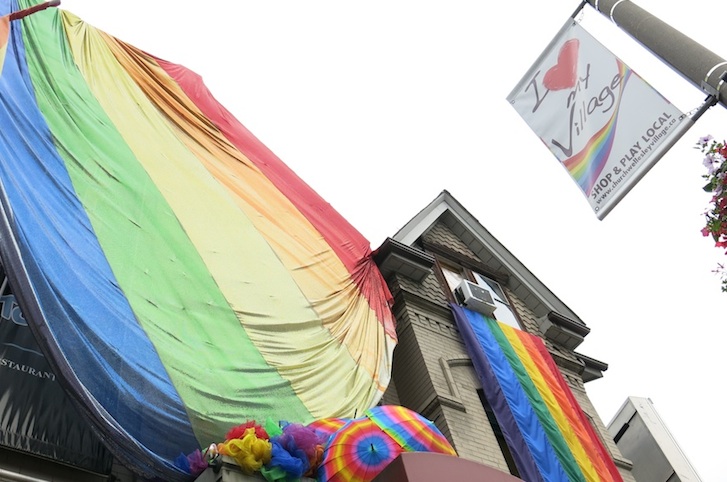
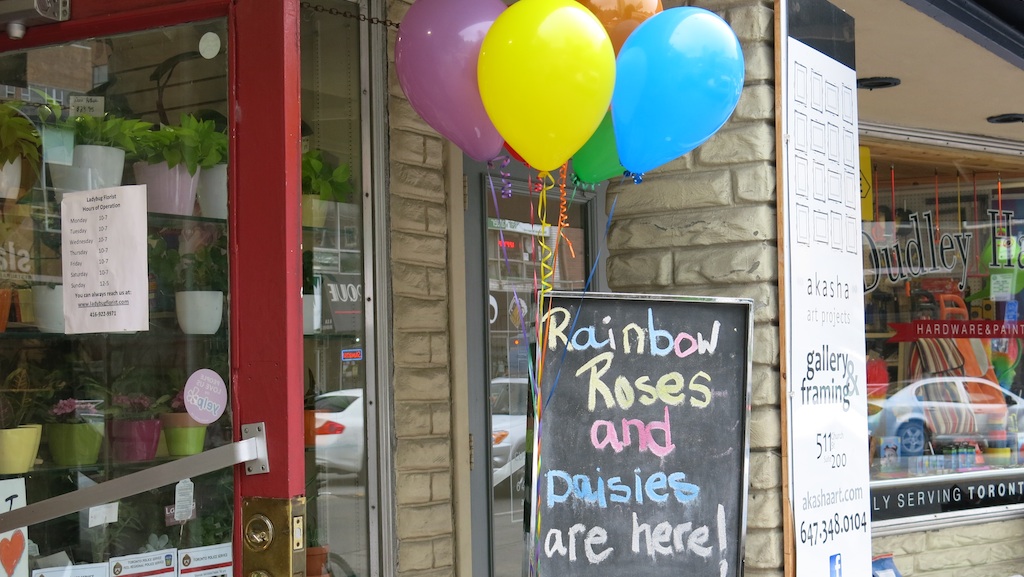
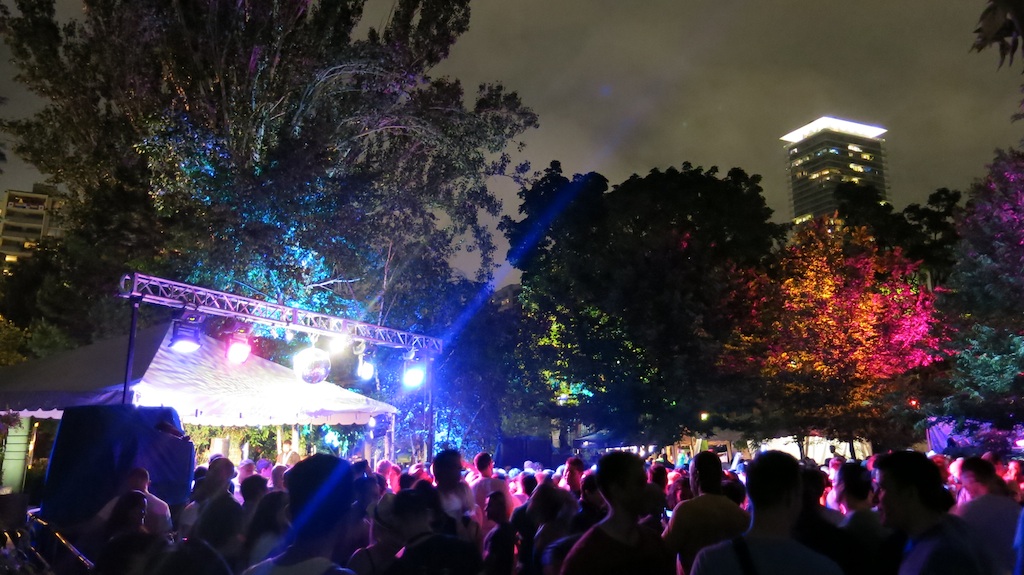
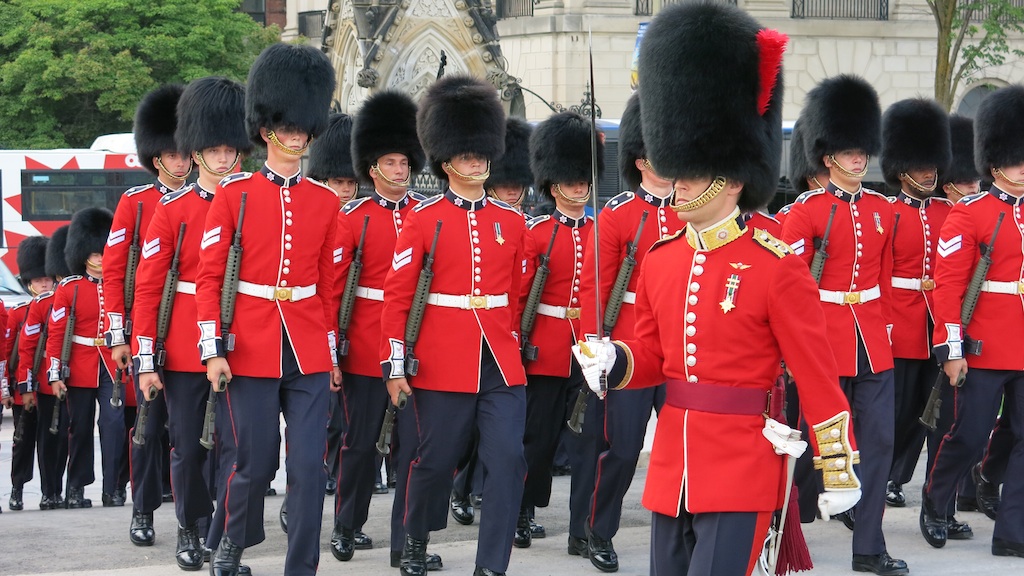
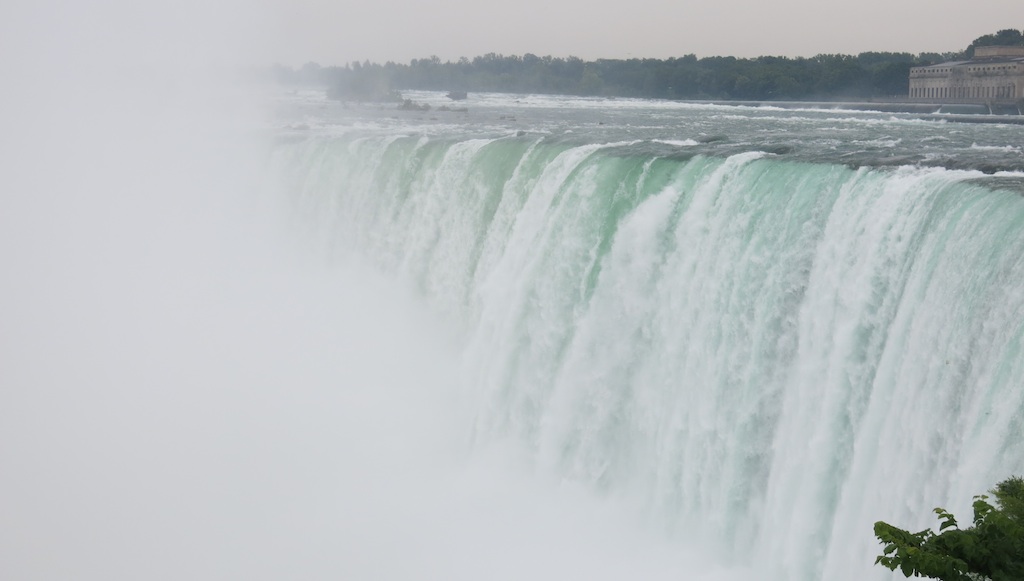
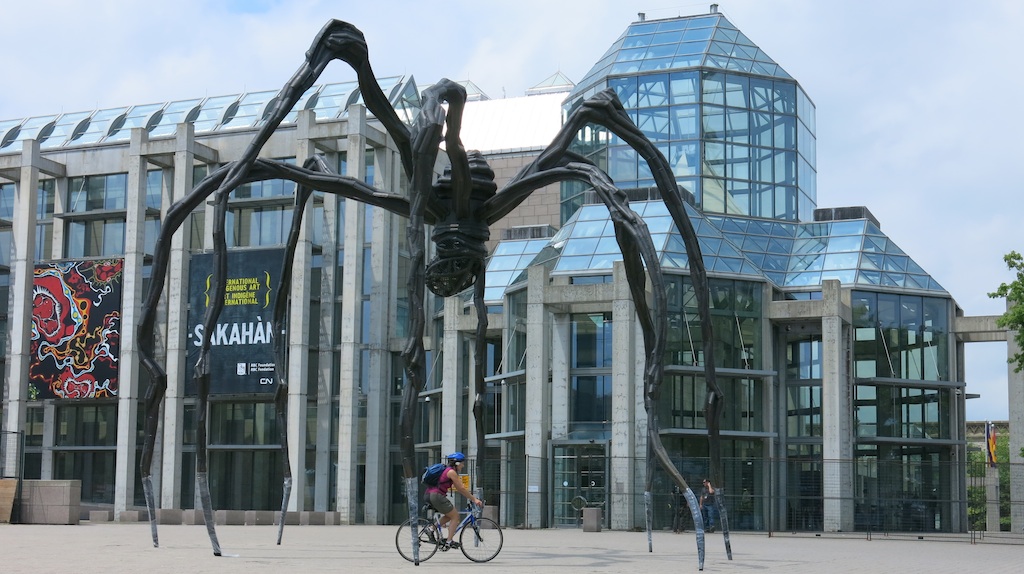
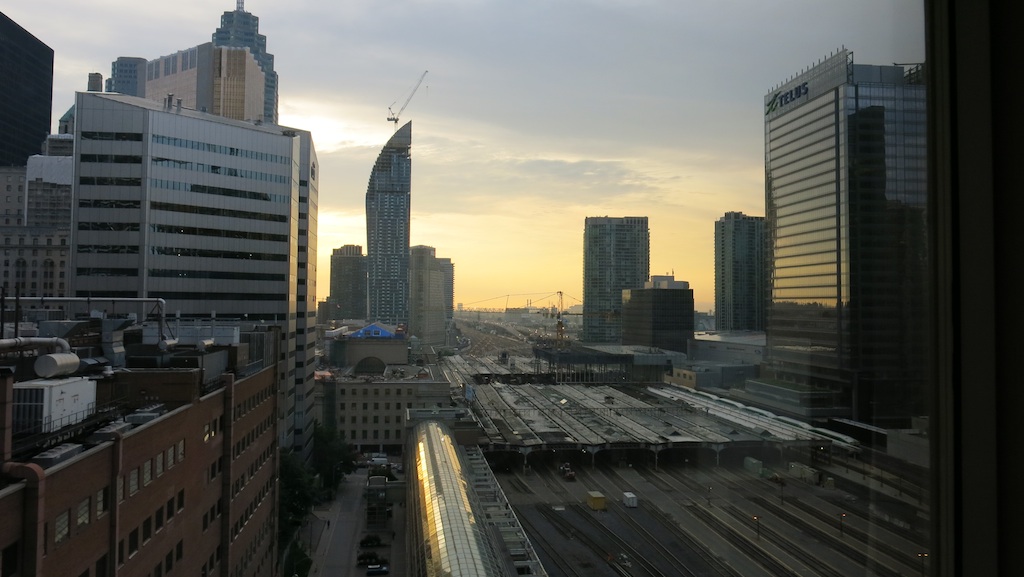
























Pingback: Another Five Good Reasons to Visit Ontario for WorldPride Toronto | MRNY Style & Travel